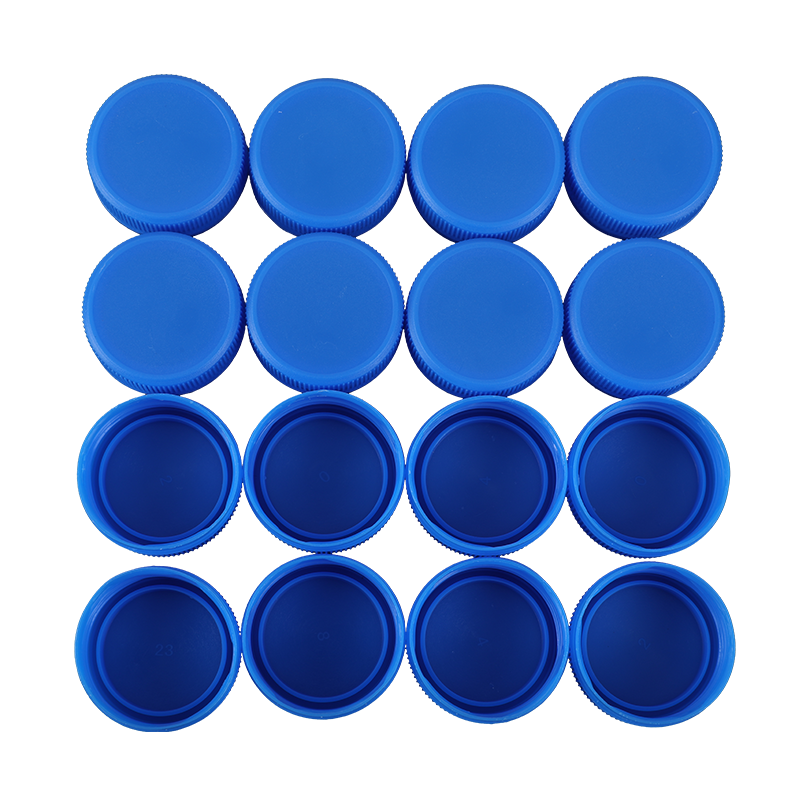When the cap is screwed on, the threads on the cap fit with the threads on the bottle, and as the rotation progresses, the threads of the cap keep pushing down.
Notice if the lower end of the thread on the bottle has an annular protrusion that is not a thread? This is the lower position that the thread of the cap can reach. When the cap continues to push down due to rotation, it will be blocked by this protruding ring, and the thread at the lower end of the cap will be caught in the thread at the lower end of the bottle and this Between the "rings", due to the labor-saving effect of the bevel, we can continue to screw the cover relatively easily, so the threads of the plastic material are deformed and accumulated with each other, and there is a tendency to push the cover in the opposite direction, but due to the cover The friction force is generated between the thread of the bottle and the thread of the bottle, and this friction force is proportional to the pressure squeezed between the two threads, thus preventing the bottle cap from really rotating in the opposite direction.

This friction is static friction, so when you try to unscrew the cap again, you will experience friction in the opposite direction, making it difficult to unscrew.
In fact, the thread uses the principle of the bevel. The gentler the slope, the more effortless it is to push an oil drum to a higher place? The thread on the bottle cap is formed by many small bevels rotating around the axis of the bottle. So we can tighten and unscrew the cap with relatively little effort.